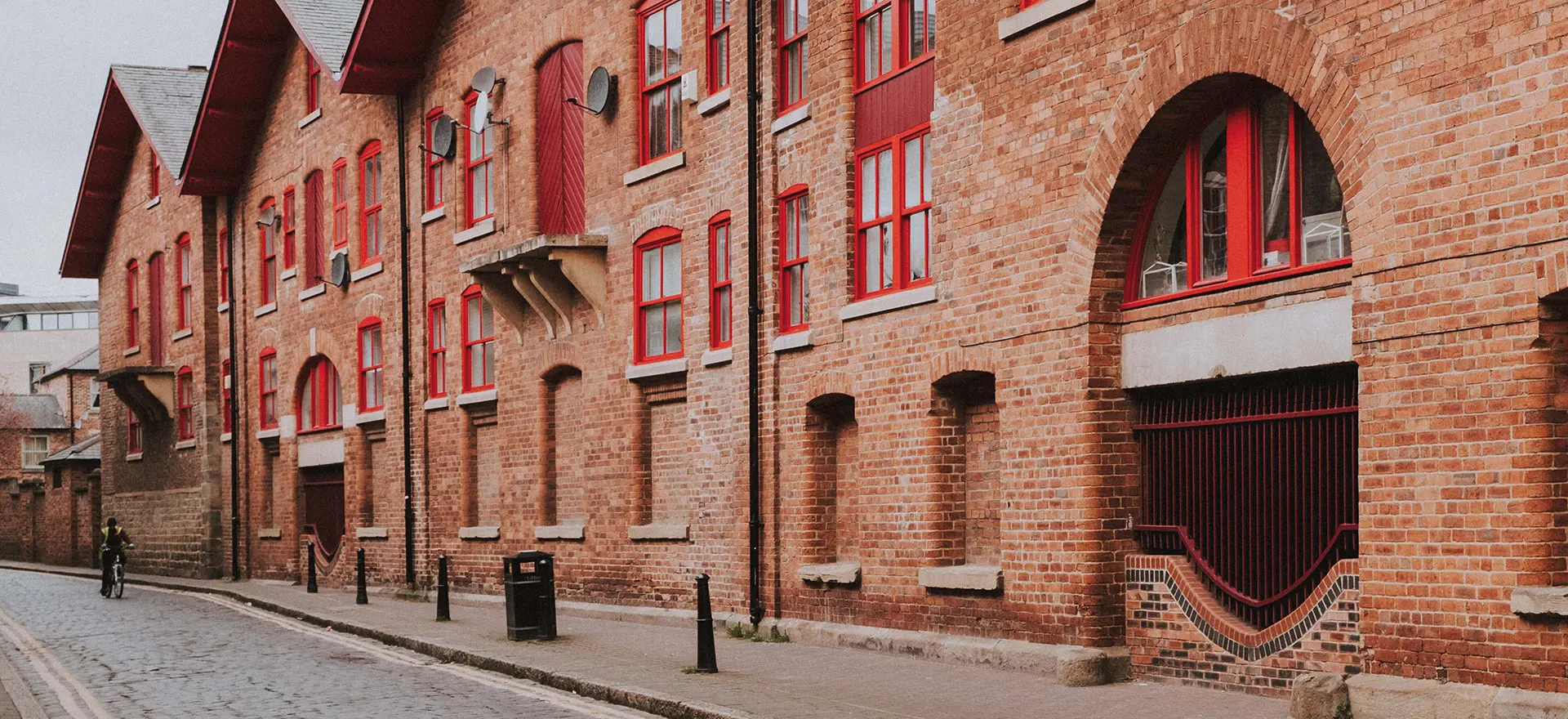With the recent announcements on Permitted Developments for residential extensions and office to residential conversions it is worth re-visiting the requirements regarding natural light. There are two elements to be considered. Firstly, the requirement to consider the effects of permitted extensions on the residential amenity of neighbouring properties and secondly the ‘provision of adequate natural light’ within the newly created dwellings. The latter requirement applies to all habitable rooms within the proposed residential accommodation. At first glace this requirement seems clear enough, however, the wording of the requirement is likely to spark debate on the interpretation of the word ‘adequate’.
Natural light studies have been a feature of planning submissions for proposed residential, student, hotel, educational and other buildings for a significant period of time. Planning Officers are now quite used to seeing studies based on the current Building Research Establishment (BRE Report BR 209 (2022)) guidance. Those familiar with daylight and sunlight assessments will be aware that the 2022 BRE guide introduced new methods of testing for proposed accommodation.
The BRE guidance provides direction on the daylight and sunlight targets to be applied to new accommodation and discusses the targets in BS (EN) 17037. However, the targets are often not achievable in an urban environment and alternative UK specific targets are given. These revised targets are particularly relevant for conversion projects as the window sizes and positions are fixed. Additionally, the results of testing in built up locations often shows that developments may fall short of the guidance and liaison with Planning Officers is needed to determine what values should be considered appropriate.
The conversion of an existing structure often brings with it several limitations, window positions are fixed and internal configurations may be limited by support structures. Add to these restrictions the likelihood that neighbouring structures may be in close proximity and of a significant height and it can be seen that the blanket application of the BS (EN) 17037 and BRE Report guidance would be inappropriate. The limitations brought about by urban environments are discussed in the BRE guidance but clearly defined alternative targets are not provided. It is left to the design team and the Local Authority to determine / accept revisions to the given guidance.
Some Local Authorities and the GLA have accepted the inevitable deviation from the BRE Report guidance in urban locations. Both the GLA and the London Legacy Development Corporation (LLDC), for example, have supplied guidance that lower daylight values should be considered as appropriate in given urban situations, however, this guidance mostly refers to the effects a proposed development will have on its neighbours.
The BRE guidance provides absolute targets but no discussion on what deviations if any would be appropriate in an urban location. As such, the determination of what should be considered adequate natural light requires judgement and is a matter of what Planning Officers and Planning Committees are willing to accept.
The determination of adequacy is and will inevitably remain a subjective matter and the acceptance of a specific development will continue to depend on the strength of the applicant’s analysis and evidence, and the experience of Planning Officers. Clearly, where a proposed scheme complies with BRE guidance it will be easy to argue that the natural light is adequate, and small deviations are also likely to cause little discussion. However, where rooms deviate significantly from the current guidance, robust justification will be required and clear discussions will need to be undertaken with Officers on the application of alternative targets.
The 2022 revision to the BRE Report updated the guidance to bring it into line with the 2019 revisions to British Standards. The changes are focused on the testing of new accomm0dation. These changed tests, which have been used in BREEAM testing of commercial spaces, EFA guidance on school design and design guidance for Healthcare Buildings include the use of climate data and show the duration of given light levels within rooms either for specific days (sunlight) or as an average across the year (daylight).
Clearly the determination of adequacy required under the updated policies and Act will depend on site specific criteria. However, precedence will be key with Officers and natural light practitioners.
Lichfields’ Natural Light team is experienced in undertaking a wide range of natural light studies for new developments, building extensions and property conversions across the UK. This experience and our understanding of revised assessment methods means that we are well placed to assist developers, architects and local authority officers in navigating prior approval applications through the new requirements relating to natural light.
For further information please contact Toby Rogan-Lyons



